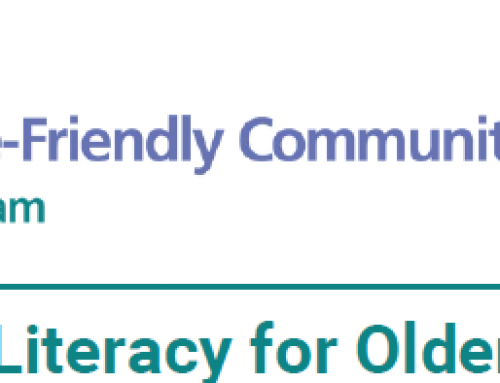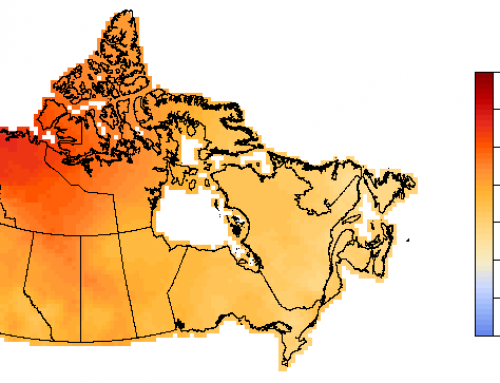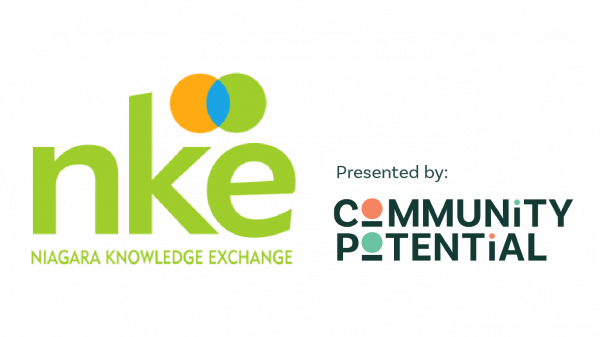In 2018, people in the Niagara community came together to shed light on the issue of human trafficking, a nefarious crime that has long been operating in our midst.
On February 28, 2018, 15 agencies across Niagara co-signed the Niagara Region Emergency Response Protocol for Human Trafficking, including police, fire departments, the YWCA Niagara Region, as well as those representing Indigenous women, victims of sexual assault and domestic violence, and at-risk youth. This protocol takes a human rights approach to coordinate a range of wrap-around services for victims of human trafficking.
By the Numbers
A 2016 Statistics Canada report detailing police-reported human trafficking incidents in Canada between the years of 2009 and 2016 reveals that 95% of victims are women, 45% of trafficked persons are between the ages of 18 and 24, and 26% of victims are under the age of 18. Two-thirds (66%) of police-reported human trafficking incidents in Canada were reported in Ontario. This data provides some insight into the demographics of human trafficking – and it is limited due to this crime being highly underreported.
One in three (32%) of police-reported human trafficking incidents in Ontario is a cross-border offense. Niagara’s proximity to the border is one of several factors that contribute to this region becoming a hub for human trafficking. Another contributing factor is the presence of Niagara Falls, a tourism destination that attracts 14 million visitors annually.
Though these statistics begin to shed light on the importance of the issue, there remains a dearth of data about the true extent and prevalence of human trafficking in Canada. This information gap presents a significant challenge for advocates, law enforcement, and organizations working to support trafficked persons. The Canadian Centre to End Human Trafficking is currently developing a national hotline, which will serve as a crisis response and referral service for victims, and a source of information and tip-line for the broader community. When launched in Spring 2019, this hotline will also be a hub for centralized, standardized data collection to improve our understanding of this issue.
Raising Awareness in Niagara
On October 13, 2018, Silver Spire United Church hosted a community forum to raise awareness and educate community members about the issue of human trafficking and its footprint in Niagara.
Participants began the day with stories of lived experience, told by human trafficking survivors Skylar Burbidge and Leona Skye. Through their harrowing stories, participants learned about how traffickers use grooming techniques, coercion, isolation, shame, threats, and substances to control and exploit their victims.
A speaker representing the Canadian Centre to End Human Trafficking outlined three categories of warning signs that someone may be a victim of human trafficking:
- Appearance
- May be dressed inappropriately for the season, context, or their age
- May be underweight or display signs of physical trauma
- May have tattoos with the trafficker’s name or other symbols
- Behaviour
- May act secretive, defensive, or anxious
- May display signs of intoxication or substance dependency
- Possessions
- May have expensive electronics, clothing, purses, shoes or other items
This information sheet created by Victims Services Niagara provides further information about warning signs and what to do if you believe someone is being trafficked.
Call to Action
Everyone in the Niagara-wide community has a role to play in addressing human trafficking. Agencies serving people at risk of being trafficked in Niagara contribute by creating a welcoming environment for victims to come forward, and by building partnerships with law enforcement and other agencies. Concerned citizens can help by raising awareness and learning about human trafficking, volunteering, and advocating. Technology has facilitated the development of new pathways for citizen engagement. The TraffickCam app enables individuals to help combat human trafficking by uploading photos of the hotel rooms they stay in when they travel. By doing so, they are contributing to a database of hotel room images that law enforcement can use as evidence to find and prosecute human traffickers.
Sara Johnston
Resources Coordinator
Niagara Connects
Links and additional resources:






